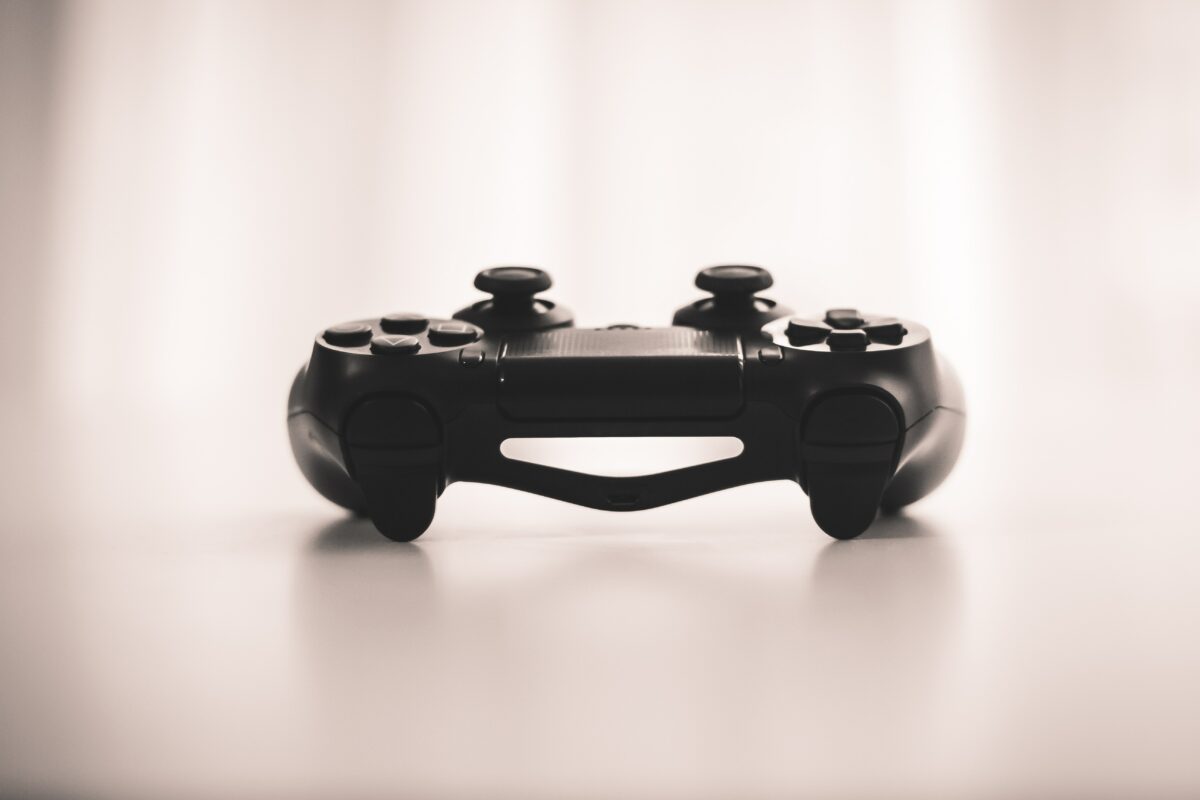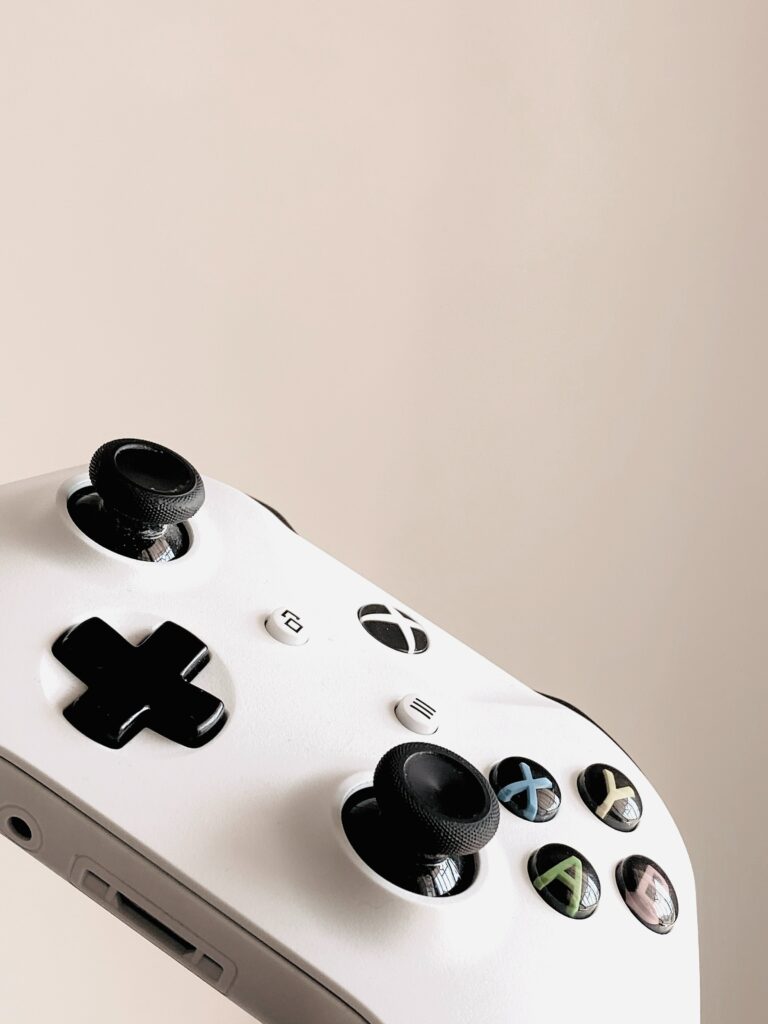“
Key Takeaways
- Critical Role of Digital Transformation: Emphasizes the need for companies to adopt advanced technologies to enhance supply chain efficiency and responsiveness in a dynamic global market.
- Current Trends: Highlights key trends such as automation, data analytics, and sustainability, which are driving innovations in logistics and reshaping operational strategies.
- Disruptive Innovations: Discusses how technologies like AI, blockchain, and robotics are revolutionizing supply chain processes, creating new opportunities while addressing market challenges.
- Technological Foundations: Identifies emerging technologies as crucial to optimizing supply chains, with AI, IoT, and big data analytics providing real-time insights and improving decision-making.
- Collaboration is Key: Stresses the importance of partnerships among stakeholders, including logistics executives, technology providers, and academic researchers, to facilitate successful digital transformation initiatives.
- Case Studies: Presents real-world examples from companies like Walmart and Amazon, demonstrating successful implementation of transformative technologies that enhance operational effectiveness and customer satisfaction.
In today’s fast-paced world, supply chain logistics stands at the forefront of digital transformation and disruptive innovation. As businesses strive to enhance efficiency and responsiveness, forums dedicated to these topics are becoming essential. They provide a platform for industry leaders to share insights, explore cutting-edge technologies, and discuss strategies that can reshape the future of logistics.
These gatherings highlight the critical role of digital tools in streamlining operations and fostering collaboration. From AI-driven analytics to blockchain solutions, the innovations presented at these forums are not just trends; they’re game-changers that redefine how companies approach supply chain management. Engaging with thought leaders and peers in this space can unlock new opportunities for growth and resilience in an ever-evolving market.
Supply Chain Logistics Digital Transformation
Digital transformation within supply chain logistics focuses on integrating advanced technologies to boost efficiency and responsiveness. It addresses the evolving demands of global markets while enhancing operational capabilities.
Importance of Digital Transformation
Digital transformation plays a crucial role in optimizing supply chains. It enables real-time visibility, which allows companies to track inventory levels, shipment status, and demand fluctuations, leading to informed decision-making. Enhanced data analytics provides actionable insights, improving forecasting accuracy and reducing operational costs. Organizations that embrace digital transformation often achieve higher customer satisfaction due to improved service levels and responsiveness.
Current Trends in Logistics
Current trends in logistics emphasize automation, data analytics, and sustainability.
- Automation: Companies increasingly adopt robotic process automation and autonomous vehicles to streamline operations and reduce human error.
- Data Analytics: Big data analytics and AI applications identify patterns and optimize supply chain processes, enhancing efficiency and reducing delays.
- Sustainability: There’s a growing focus on environmentally friendly practices, such as green logistics and reduced carbon footprints, as companies address regulatory pressures and consumer expectations.
- Blockchain Technology: Utilizing blockchain improves traceability and security in supply chain transactions, fostering trust among stakeholders.
These trends drive digital transformation, enhancing supply chain resilience and competitiveness in a dynamic market.
Disruptive Innovations in Supply Chain
Disruptive innovations significantly alter the landscape of supply chain logistics. They introduce novel technologies or methodologies that challenge the status quo, enhancing efficiency and creating new market opportunities.
Defining Disruptive Innovation
Disruptive innovation refers to advancements that initially target overlooked market segments and gradually move up-market, displacing established competitors. In supply chain logistics, these innovations often leverage technology to streamline operations, reduce costs, and improve service delivery. A classic example includes the rise of cloud-based solutions, empowering companies to manage and access data from anywhere, fostering agility in decision-making.
Examples of Disruption in Logistics
- E-commerce Growth: E-commerce platforms like Amazon transformed logistics by implementing ultra-fast delivery systems. These systems require integrated supply chain solutions and efficient routing algorithms, setting new service standards for consumer expectations.
- Blockchain Technology: Blockchain enhances transparency in tracking goods throughout the supply chain. Companies, such as Walmart and IBM, capitalize on this technology to ensure data integrity, fostering trust among partners and customers while streamlining the verification process.
- AI and Machine Learning: AI-driven systems optimize inventory management by predicting demand patterns. Businesses like FedEx use these technologies to minimize stockouts and reduce excess inventory, ultimately lowering operational costs.
- Robotic Automation: Automated systems in warehouses increase efficiency. Organizations like Alibaba utilize robotics for sorting and picking, accelerating fulfillment times while minimizing human error.
- Last-Mile Delivery Innovations: Companies explore drone and autonomous vehicle technology to enhance last-mile delivery. Firms such as Wing and Starship Technologies implement these solutions to address urban delivery challenges, offering speedy service options.
These disruptive innovations contribute to a more resilient, adaptable supply chain, allowing companies to navigate an increasingly complex market landscape effectively.
The Role of Technology in Transformation
Technology serves as a cornerstone in the digital transformation of supply chain logistics, driving efficiency and responsiveness. Continuous advancements facilitate the optimization of operations, enhance traceability, and support sustainable practices.
Emerging Technologies Impacting Supply Chain
- Artificial Intelligence (AI): AI empowers companies to automate decision-making processes, refine demand forecasting, and optimize inventory management. AI algorithms analyze vast datasets, improving accuracy and reducing waste.
- Blockchain Technology: Blockchain enhances transparency and trust among supply chain partners. It securely records transactions, ensuring traceability of products from origin to destination and minimizing fraud risk.
- Internet of Things (IoT): IoT devices provide real-time data from sensors placed on assets and vehicles. This connectivity allows for improved monitoring of inventory levels, shipment conditions, and equipment performance.
- Robotic Process Automation (RPA): RPA streamlines repetitive tasks in logistics, reducing manual errors and increasing speed. It automates order processing, invoicing, and inventory updates, freeing personnel for more strategic roles.
- Big Data Analytics: Big data analytics identifies patterns and trends, enabling data-driven decision-making. Companies leverage insights to forecast demand, optimize routes, and enhance customer satisfaction.
Case Studies of Successful Implementation
- Walmart and Blockchain: Walmart utilizes blockchain technology to track the supply chain of food products, enabling them to trace the origin of ingredients quickly. This enhances safety and compliance, building consumer trust.
- Amazon and AI: Amazon employs AI for inventory management and predictive analytics. The system anticipates customer needs, ensuring optimal stock levels in fulfillment centers, which boosts service efficiency.
- FedEx and IoT: FedEx integrates IoT sensors in its shipping containers, allowing real-time tracking of shipments. This ensures timely deliveries and manages any potential disruptions effectively.
- Alibaba and RPA: Alibaba implements RPA in its warehouses to enhance processing speed during peak seasons. Automated sorting systems reduce manual labor and increase throughput.
- Starship Technologies and Autonomous Vehicles: Starship Technologies demonstrates successful last-mile delivery with autonomous robots. Their approach reduces delivery costs and improves convenience for consumers.
Stakeholders in the Transformation Process
Stakeholders play a crucial role in the digital transformation of supply chain logistics. Their collaboration and insights drive innovation, efficiency, and resilience across the sector.
Key Players in the Forum
Key players in the transformation process include logistics executives, technology providers, industry experts, and academic researchers. Logistics executives influence strategic direction by integrating digital solutions into operations. Technology providers offer innovative tools and platforms that facilitate automation and data analytics. Industry experts share knowledge and best practices, helping organizations navigate the complexities of digital transformation. Academic researchers contribute insights into emerging trends and methodologies, promoting evidence-based practices within the industry.
Collaboration and Partnerships
Collaboration among stakeholders fosters a synergetic environment for transformative initiatives. Companies must form partnerships with technology vendors to access cutting-edge solutions that address specific challenges. Additionally, collaboration between logistics firms and research institutions facilitates the development of innovative technologies, such as AI and blockchain applications tailored for supply chain needs. Partnerships with regulatory bodies ensure compliance with industry standards while promoting sustainable practices. Such collaborative efforts enhance overall effectiveness and promote a resilient supply chain that can adapt to future disruptions.
The landscape of supply chain logistics is evolving rapidly due to digital transformation and disruptive innovations. As companies embrace advanced technologies like AI blockchain and IoT they’re not just improving efficiency but also enhancing customer satisfaction and resilience. The collaborative efforts among industry stakeholders are essential for fostering an environment ripe for innovation.
By participating in forums focused on these developments businesses can gain valuable insights and strategies to navigate the complexities of the market. Embracing these changes will enable organizations to stay competitive and responsive to the ever-shifting demands of global supply chains. The future of logistics is bright and full of opportunities for those ready to adapt and innovate.
“




